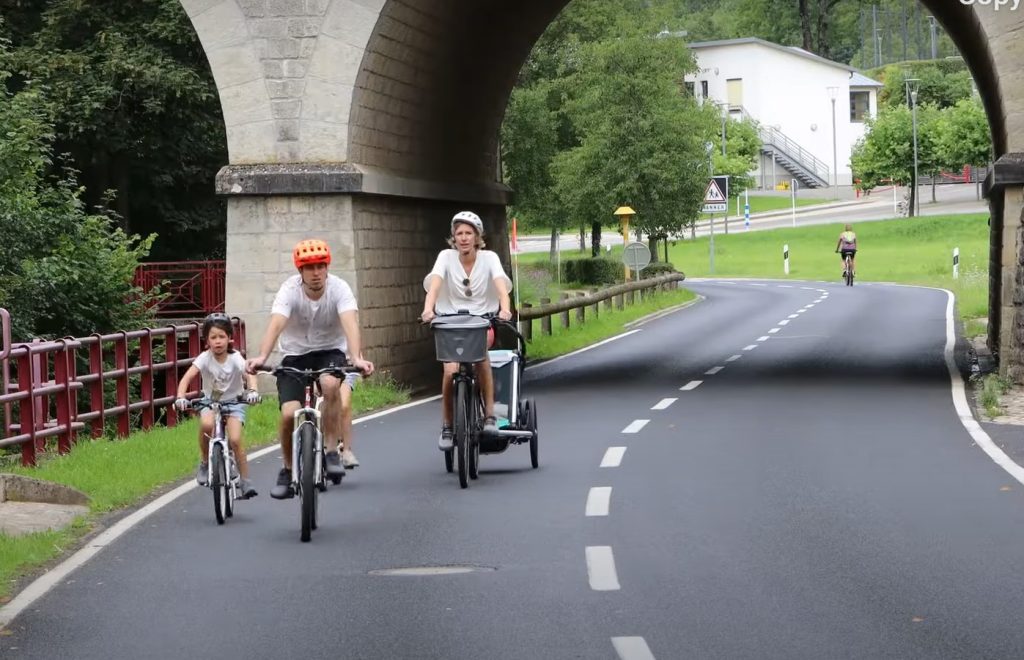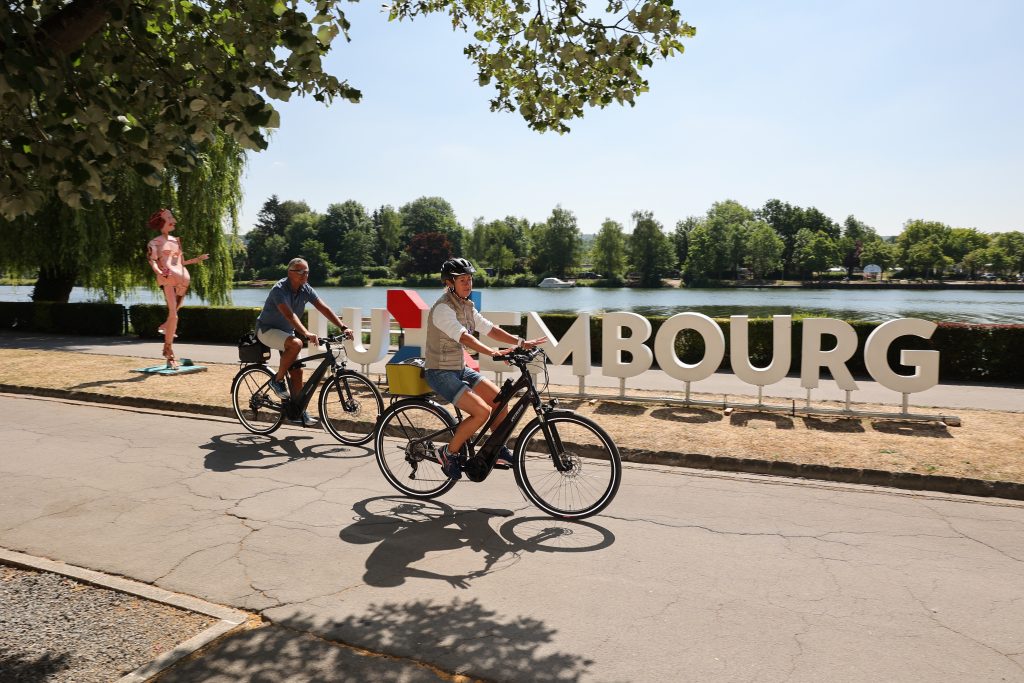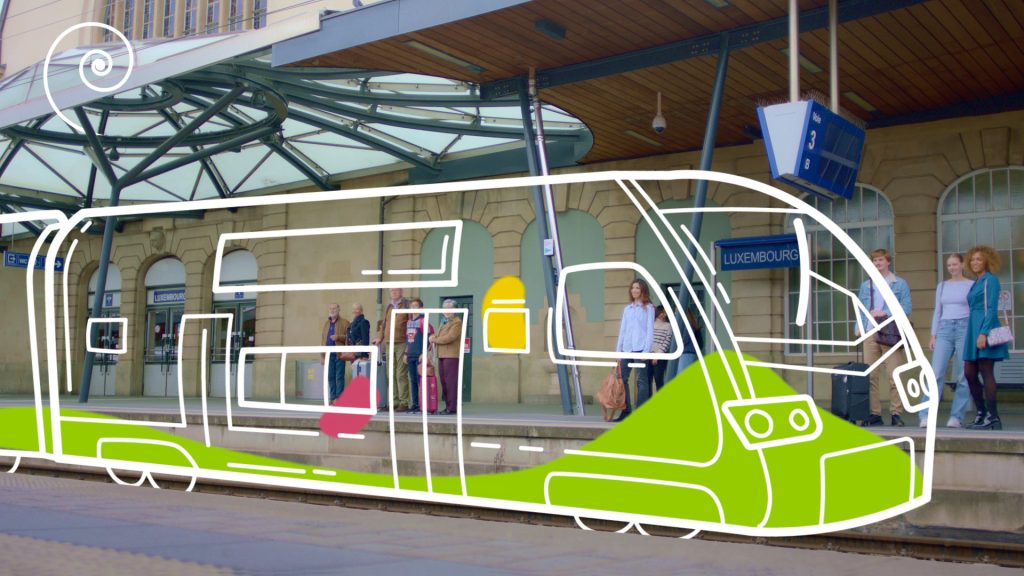
How do you travel by train with your pet?
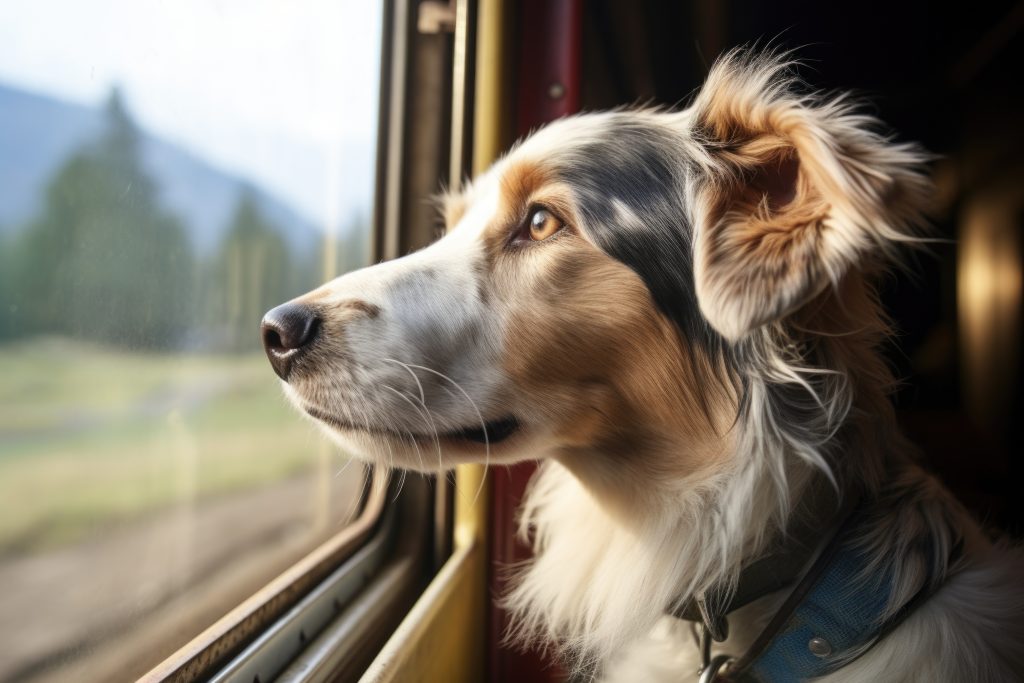
Dogs and cats are welcome on trains in Luxembourg and abroad. As long as you follow certain rules and anticipate the conditions of departure. Here are a few tips to make sure your journey goes as smoothly as possible.
When can I take the train with my pet?
As far as possible, avoid taking the train with your dog or cat during rush hour. This will free up space for other customers and avoid discomfort for your pet if the train is particularly busy.
Since the introduction of free public transport in Luxembourg in 2020, it has no longer been necessary to buy a ticket or notify the train attendants. While first class remains chargeable for people, it is free for animals. In all cases, the trains’ internal regulations will of course have to be respected.
What pets are allowed on board the train?
When it comes to answering this question, common sense prevails. Cats and dogs are the pets most frequently transported by train. For reasons of hygiene and, above all, obvious respect for the animal, horses and other bovines – including small breeds – must not be taken on board. On the other hand, small pets such as rabbits and guinea pigs are not forbidden, provided that the animal is transported in a suitable container (cage or carrier bag) without disturbing other customers.
As a general rule, any animal that can reasonably be transported by train must present neither a safety hazard nor a contagious infection for the respect of all.
Where should my pet be kept?
There’s a simple principle to remember: small animals must be placed in an appropriate container (bag, saddlebag, carrier), larger animals must be kept on a lead. Your dog cannot occupy a seat; it must lie down on the ground in front of you. It is therefore advisable to give preference to “square” spaces (four seats facing each other) so that your dog is more comfortable.
If you are carrying your pet in a container, please place it on your lap, under your seat or on the luggage racks (high up or at the entrance to the compartments) so as not to disturb other passengers. Also avoid placing the container on the tray table.
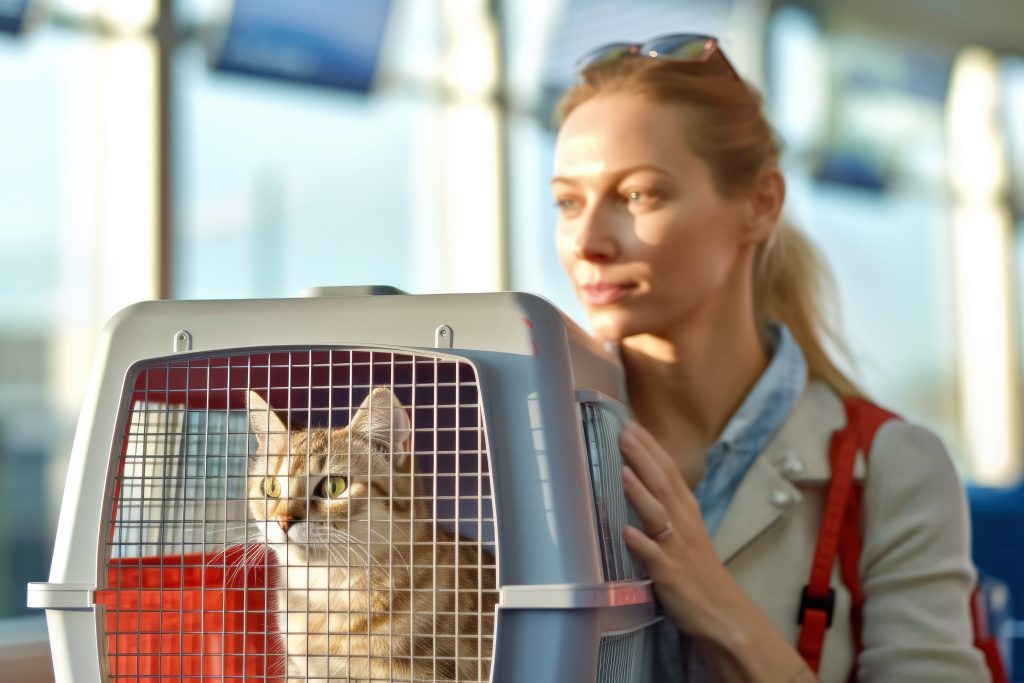
Does my dog have to wear a muzzle?
A muzzle is not mandatory, but must be worn during the journey. The staff accompanying you, might as you to put a muzzle on your dog for safety reasons. Owners are responsible for any damage caused by their dog to third parties or equipment. We therefore recommend that you please a muzzle on your dog if it becomes nervous in public or in close quarters.
Good to know: guide dogs for the visually impaired and assistance dogs must not be muzzled.
Can I feed my pet before and during the journey?
It’s best not to feed them just before departure, to avoid them needing to urinate or defecating during the journey. On the other hand, to make the journey as pleasant as possible, you can give them something to drink or give them something to eat, without forgetting to keep public transport clean.
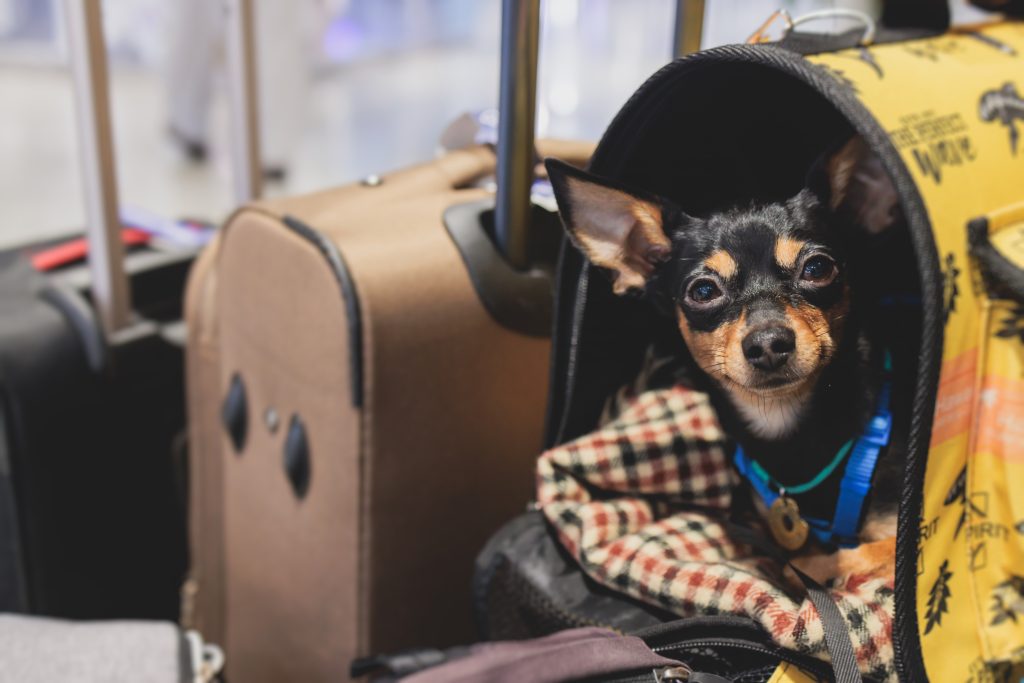
Can my dog or cat accompany me abroad?
There are two key pieces of advice to bear in mind when considering this question. Firstly, ask yourself whether your pet can cope with a long train journey lasting several hours or even a day. Secondly, check with the CFL in advance (the same day is often too late) to find out the travel conditions applied by other rail companies in Europe. Certain rules apply throughout Europe, such as placing small animals in a container and keeping your dog on a leash and close to you during the journey. And don’t forget to put a muzzle on your dog. On the other hand, specific travel conditions and rules apply in neighbouring countries, whether in terms of ticket price or size of container:
– In France, a special ticket costing seven euros must be purchased for each train taken with your pet. This is a cost to be anticipated, depending on the changes/connections on your journey. For more information, click here.
– In Belgium: the “Supplément Animal Domestique” ticket costs three euros per journey, in both 2nd and 1st class, except for small animals in a container, which can travel free of charge. SNCB also offers a “Local Multi” package costing 29 euros for ten journeys. For more information, click here.
– In Germany: small dogs and small pets can be taken free of charge if they are transported in a suitable container. However, a half-price ticket must be purchased for larger dogs. For more information, click here.
Guide dogs are exempt from the muzzle requirement and travel free of charge.
These few rules having been laid down, the most important is that of mutual respect guided by common sense. Common sense on the part of owners, who will not transport an animal that could pose a health or safety hazard to other customers or to the animal itself. It’s also common sense on the part of all customers, with dialogue and communication always the key to finding a solution.
For further information: - The CFL Call Centre on +352 2489 2489 (available 7 days a week between 6.15am and 9.30pm) - The Welcome and Sales Centre at Luxembourg Station, open every day from 5.30am to 8pm.


